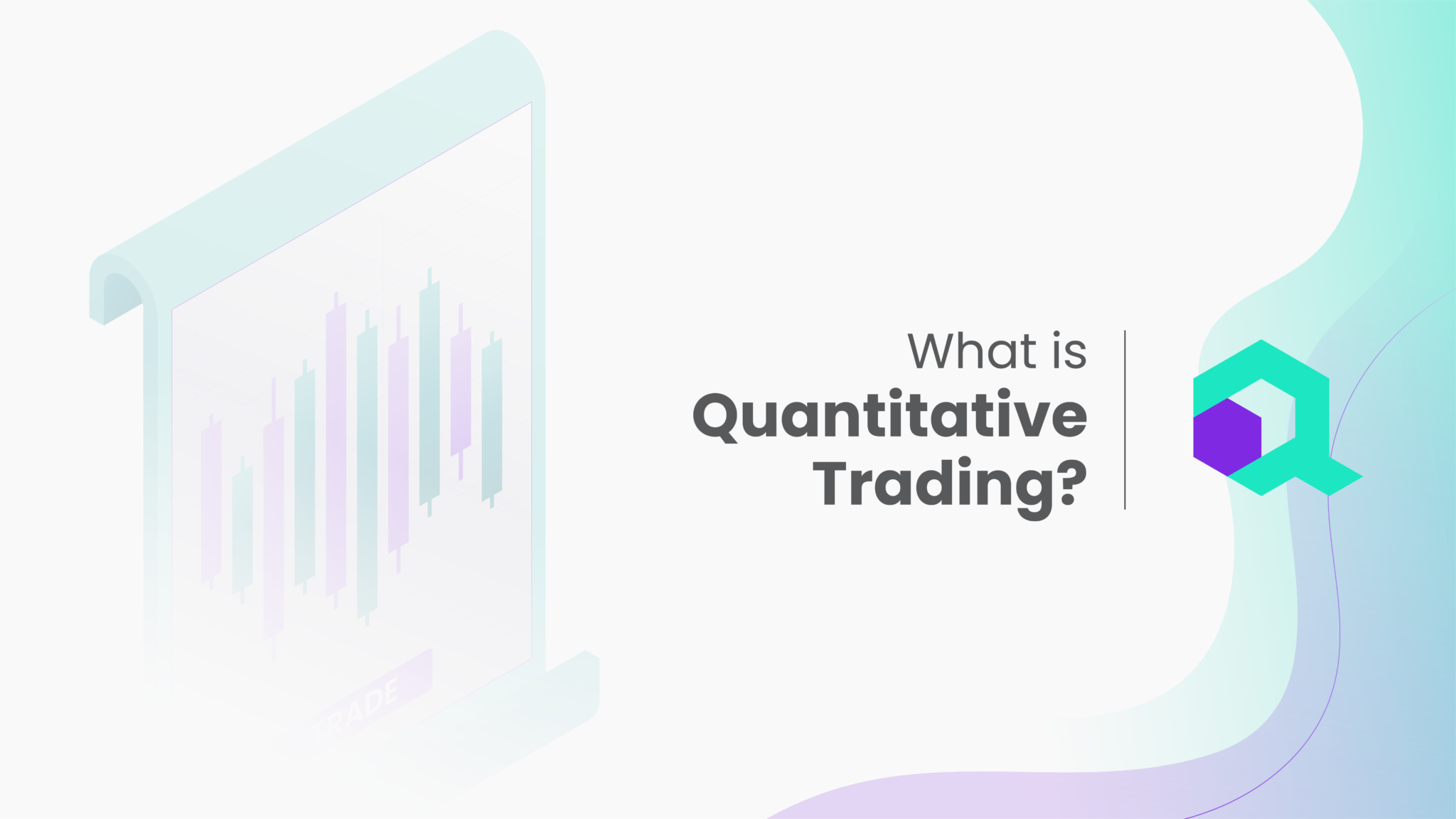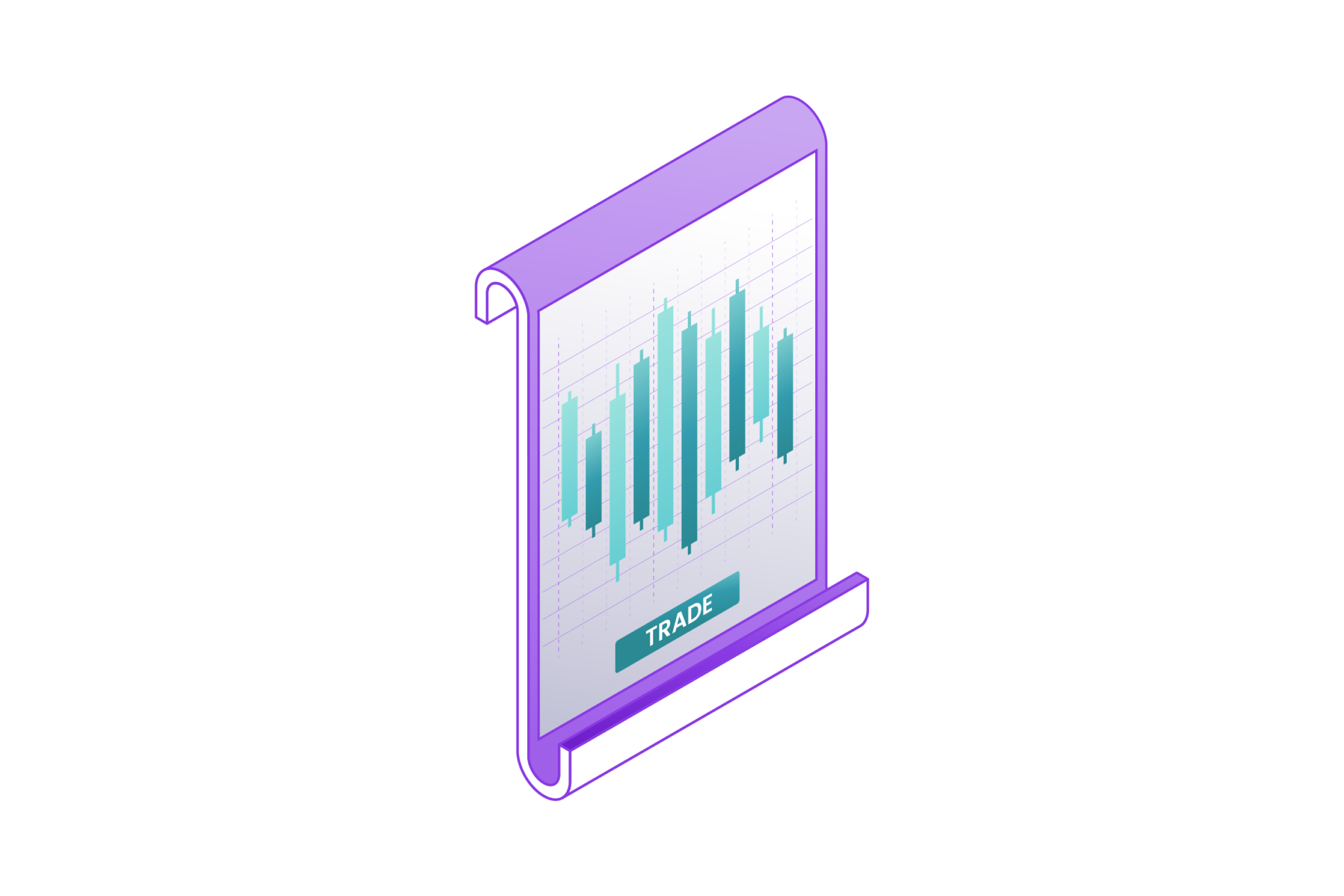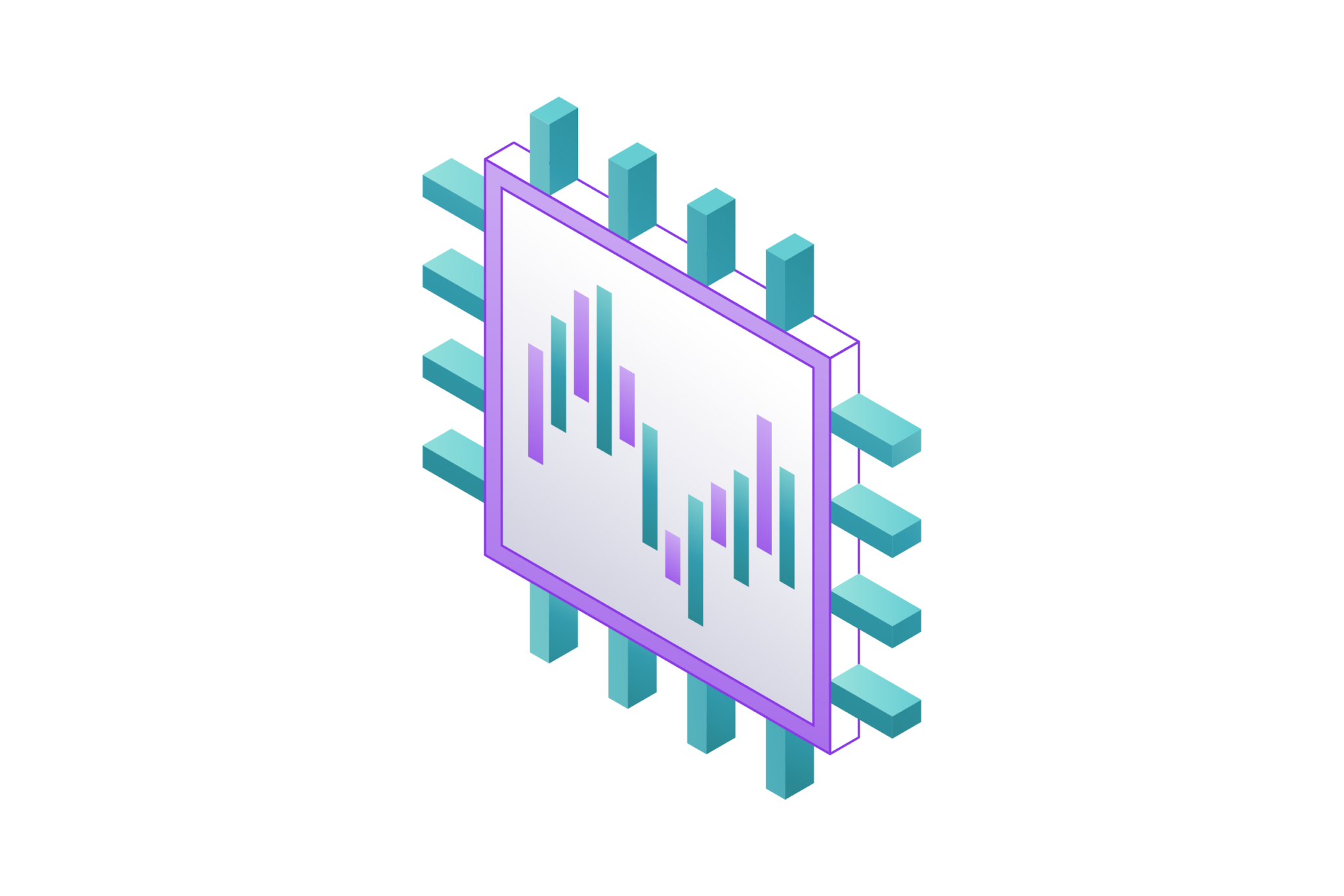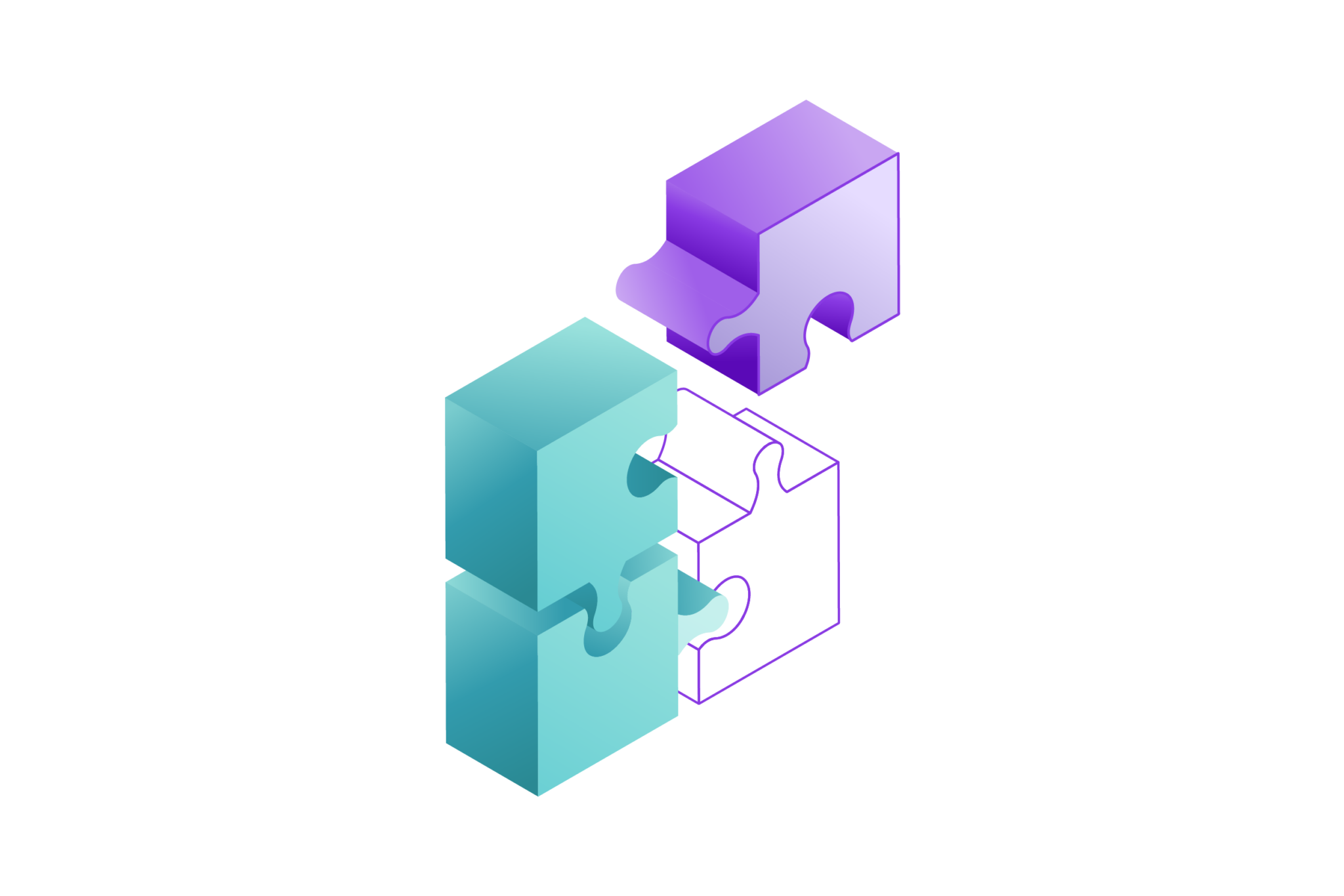
Quantitative trading has revolutionized the financial markets by employing mathematical and statistical models to make trading decisions. Unlike traditional trading, which relies heavily on human intuition and market reading, quantitative trading leverages algorithms to process vast amounts of data, aiming for high-speed and high-efficiency operations. This article delves into the fundamentals of quantitative trading, its methodologies, and its pivotal role in modern finance.
The appeal of quantitative trading lies in its objective approach to the markets. By using quantitative techniques, traders can identify patterns and trends that are not immediately apparent to the human eye. This method reduces emotional decision-making, which is often a significant pitfall in traditional trading strategies. We will explore the key components that make up quantitative trading systems and how they are developed and deployed in real-world scenarios.
Quantitative trading encompasses a range of strategies and technologies. From high-frequency trading to algorithmic market making, the landscape is diverse and continuously evolving. In this article, we provide a comprehensive overview of the different types of quantitative trading, the tools used by quants, and the challenges they face in today’s market environments. This will offer insights into why quantitative trading has become a dominant force in the financial world.
What is Quantitative Trading?

Quantitative trading involves the use of computer algorithms and mathematical models to execute trades on financial markets based on quantitative analysis. The cornerstone of this approach is data—historical prices, volumes, and market indicators that are analyzed to make predictions about future market movements. Quants, or quantitative traders, create complex models that can process this data in real time to generate buy or sell signals.
The field of quantitative trading has grown significantly over the past few decades, largely due to advancements in computing power and the availability of large datasets. Unlike traditional discretionary trading, which relies on the intuition and experience of individual traders, quantitative trading relies on statistical and mathematical models to identify trading opportunities.
Key Components of Quantitative Trading
- Data Collection: Quantitative trading starts with the collection of vast amounts of data, including historical prices, trading volumes, and other relevant market indicators. This data is often collected from various financial markets and instruments.
- Model Development: Once the data is collected, quants develop mathematical models to analyze this data. These models can range from simple statistical methods to complex machine learning algorithms. The goal is to identify patterns or relationships in the data that can be exploited for trading.
- Backtesting: Before deploying a model in live trading, it is rigorously tested on historical data to ensure its effectiveness. This process, known as backtesting, helps quants understand how their models would have performed in the past, providing insights into their potential future performance.
Also Read: Social Trading vs. Copy Trading: A Comparative Analysis
- Execution: After a model has been developed and tested, it is implemented in a trading strategy. The execution phase involves using algorithms to automatically place trades based on the signals generated by the model. This can be done at high speeds and large volumes, often taking advantage of short-term market inefficiencies.
- Risk Management: Effective risk management is crucial in quantitative trading. Quants use various techniques to manage risk, including diversification, position sizing, and the use of stop-loss orders. The aim is to protect the trading capital while maximizing returns.
Advantages of Quantitative Trading
- Speed and Efficiency: Algorithms can process and react to market data much faster than human traders, allowing for quick execution of trades.
- Elimination of Emotion: By relying on mathematical models, quantitative trading eliminates emotional decision-making, which can often lead to irrational trading decisions.
- Scalability: Quantitative strategies can be scaled to trade large volumes and multiple markets simultaneously, increasing the potential for profit.
Key Technologies in Quantitative Trading

The technological backbone of quantitative trading includes high-powered computers, advanced software, and robust data feeds. Programming languages like Python, R, and MATLAB are commonly used for their powerful data analysis libraries and flexibility. Moreover, connectivity to electronic trading platforms allows quants to execute orders at incredibly high speeds, a practice known as high-frequency trading (HFT), which is a subset of quantitative trading.
In addition to programming languages, quantitative traders leverage various specialized software tools and platforms. For instance, algorithmic trading platforms like MetaTrader, NinjaTrader, and QuantConnect provide environments for developing and testing trading strategies. These platforms often integrate with major exchanges and brokers, facilitating seamless trade execution and real-time data analysis.
Machine learning and artificial intelligence (AI) have become integral to modern quantitative trading. These technologies enable the development of sophisticated models that can identify patterns and predict market movements with greater accuracy. Tools like TensorFlow, Keras, and Scikit-learn are popular in the quant community for building and training these models.
Furthermore, robust data feeds are essential for quantitative trading. Companies like Bloomberg, Reuters, and Quandl offer comprehensive data services, providing historical and real-time market data. This data is critical for backtesting strategies and making informed trading decisions.
High-frequency trading, in particular, relies heavily on low-latency infrastructure. This includes co-location services where trading firms place their servers in close proximity to exchange servers to minimize latency. Additionally, advanced networking solutions and fiber optic connections are used to ensure the fastest possible data transmission and order execution.
Cloud computing has also revolutionized quantitative trading by providing scalable computing resources and storage. Services from Amazon Web Services (AWS), Google Cloud Platform (GCP), and Microsoft Azure enable traders to perform complex calculations and run extensive simulations without the need for massive on-premises infrastructure.
Common Strategies Used in Quantitative Trading

Quantitative trading involves the use of mathematical models and algorithms to identify trading opportunities. Here are some of the most common strategies employed by quantitative traders:
- Statistical Arbitrage: This strategy exploits price discrepancies between related financial instruments. By identifying pairs or groups of assets that historically move together, traders can buy undervalued assets and sell overvalued ones, profiting from the convergence of their prices. This requires sophisticated statistical models to identify and exploit these fleeting opportunities.
- Mean Reversion: Based on the theory that prices and returns eventually revert to their long-term mean or average, mean reversion strategies involve identifying overbought or oversold conditions. When prices deviate significantly from their historical average, traders take positions expecting prices to revert to the mean. This approach often uses indicators like moving averages or Bollinger Bands to signal potential reversion points.
- Momentum Trading: This strategy capitalizes on the continuation of existing market trends. Quantitative models identify securities that have shown a tendency to move in the same direction for a certain period. Traders then buy assets that are trending upwards and sell those trending downwards, assuming that the momentum will continue for a period.
- High-Frequency Trading (HFT): HFT involves executing a large number of orders at extremely high speeds. These strategies leverage advanced algorithms and high-speed data feeds to exploit minute price inefficiencies that exist for fractions of a second. HFT requires substantial technological infrastructure and is typically employed by large financial institutions.
- Market Making: Market makers provide liquidity to the markets by placing both buy and sell orders for a financial instrument. They profit from the bid-ask spread, which is the difference between the price at which they buy and sell an asset. Quantitative market-making strategies optimize the placement and timing of these orders to maximize profits while managing risk.
- Event-Driven Strategies: These strategies seek to capitalize on price movements caused by specific events such as earnings announcements, mergers and acquisitions, or other significant news. Quantitative models analyze the potential impact of these events on asset prices and execute trades accordingly.
Each of these strategies requires a unique set of algorithms tailored to specific market conditions and risk tolerance levels. Quantitative traders continuously refine their models to adapt to changing market dynamics and maintain a competitive edge.
Challenges Faced by Quantitative Traders
Despite its advantages, quantitative trading is not without challenges. The complexity of markets and the ever-changing nature of financial data can lead to model overfitting where a strategy works well on historical data but fails in real trading. This is particularly problematic because what worked in the past may not necessarily predict future market behavior. Additionally, the arms race in technology means that maintaining an edge requires constant refinement of models and upgrading of technological infrastructure. High-frequency trading, for instance, demands ultra-low latency and high computational power, which can be costly and require ongoing investment.
Furthermore, quantitative traders must contend with issues of data quality and integrity. Inaccurate or incomplete data can lead to flawed models and significant financial losses. Regulatory changes also pose a significant challenge, as new rules and compliance requirements can impact trading strategies and operations.
Another hurdle is the fierce competition among quantitative traders, where even slight advantages in algorithm efficiency or execution speed can result in significant gains. This competitive environment often leads to high pressure and stress, as traders must continually innovate and adapt to stay ahead.
Finally, there are ethical and market stability concerns associated with quantitative trading. The rapid execution of trades can sometimes lead to market disruptions, such as flash crashes, raising questions about the overall impact of these strategies on market health and fairness. Quantitative traders must balance the pursuit of profit with the responsibility of maintaining market stability and integrity.
The Future of Quantitative Trading
The future of quantitative trading looks robust as advancements in AI and machine learning are continuously integrated into quantitative models. These technologies are enhancing the predictive power of trading algorithms, allowing for more sophisticated strategies and better risk management. With AI’s ability to analyze vast amounts of data at unprecedented speeds, traders can identify patterns and trends that were previously undetectable, leading to more informed and timely decisions.
Moreover, the increasing availability of diverse datasets, from social media sentiment to alternative data sources like satellite imagery and geolocation data, is providing quant traders with richer insights. This influx of data, coupled with the exponential growth in computing power, enables the development of complex algorithms that can process and analyze information in real-time. This real-time analysis can lead to more accurate predictions and quicker responses to market changes, enhancing the efficiency of trades.
Also Read: Trading Multiples: A Guide for Beginner Investors
Additionally, the rise of quantum computing holds promise for the future of quantitative trading. Quantum computers, with their ability to solve complex problems much faster than classical computers, could revolutionize the speed and accuracy of algorithmic trading. This could lead to the creation of highly sophisticated trading strategies that are currently beyond our reach.
The regulatory landscape is also evolving to keep pace with these technological advancements. Stricter regulations and enhanced oversight are being implemented to ensure market stability and protect against systemic risks associated with high-frequency and algorithmic trading. As a result, quantitative trading firms are investing in compliance technologies and robust risk management frameworks to navigate this changing environment.
Conclusion
Quantitative trading represents a significant shift from traditional trading methods, emphasizing data-driven decisions and automated processes. It democratizes trading by leveling the playing field against larger institutional players through technology and innovation. As we have explored, the quantitative approach involves intricate strategies and advanced technologies, but also faces several challenges that require vigilance and adaptation.
For anyone interested in the financial markets, understanding quantitative trading is crucial. It not only opens up new avenues for investment and trading but also highlights the importance of quantitative literacy in the digital age. As we continue to move towards more automated and intelligent market systems, the role of quantitative trading is set to become more central in shaping the financial landscapes of the future.
In conclusion, quantitative trading is more than just a set of algorithms—it’s a dynamic field that combines finance, mathematics, and computer science. This blend of disciplines promises to innovate and influence the ways markets operate, ensuring they are more efficient, fair, and transparent. As this field evolves, it will be interesting to see how traditional traders adapt to the changing environment and how quantitative methods reshape the finance industry.
Disclaimer: The information provided by Quant Matter in this article is intended for general informational purposes and does not reflect the company’s opinion. It is not intended as investment advice or a recommendation. Readers are strongly advised to conduct their own thorough research and consult with a qualified financial advisor before making any financial decisions.

Joshua Soriano
As an author, I bring clarity to the complex intersections of technology and finance. My focus is on unraveling the complexities of using data science and machine learning in the cryptocurrency market, aiming to make the principles of quantitative trading understandable for everyone. Through my writing, I invite readers to explore how cutting-edge technology can be applied to make informed decisions in the fast-paced world of crypto trading, simplifying advanced concepts into engaging and accessible narratives.
- Joshua Soriano#molongui-disabled-link
- Joshua Soriano#molongui-disabled-link
- Joshua Soriano#molongui-disabled-link
- Joshua Soriano#molongui-disabled-link
